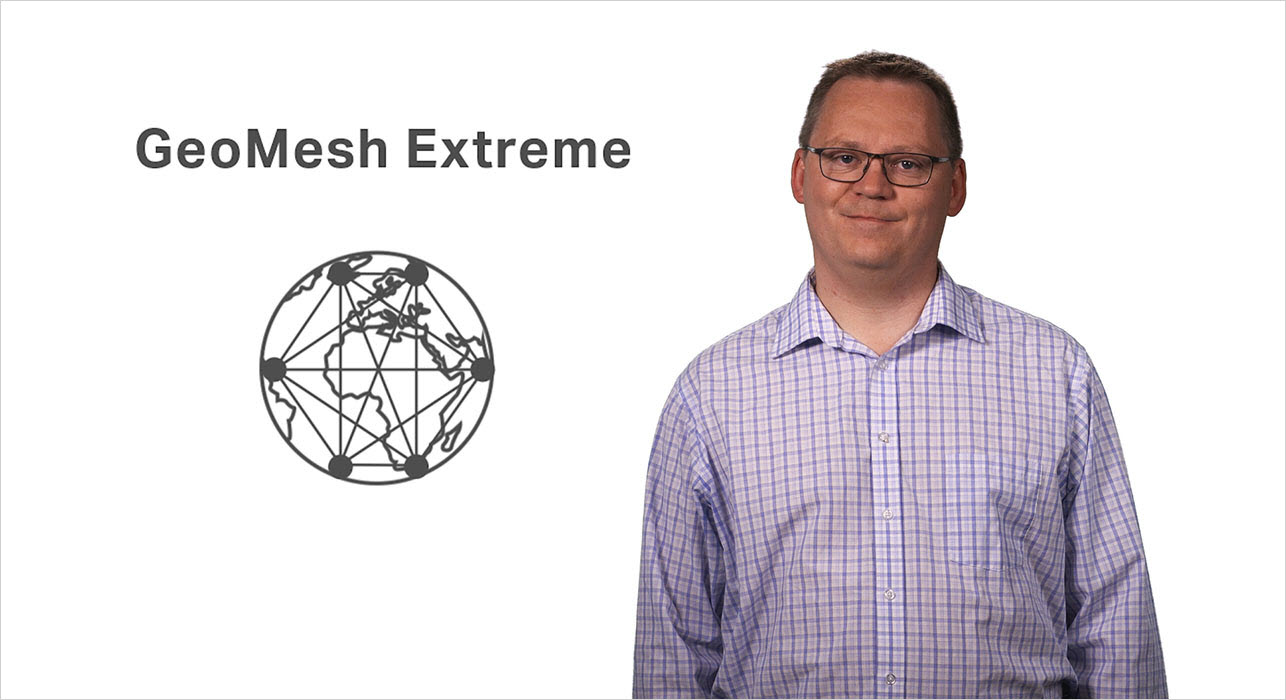In submarine networking, change is the only constant
How has the industry reacted to unexpected circumstances this year?
Remarkably well. There were (and still are) unprecedented challenges in manufacturing cable and network equipment, getting people or supplies to distant deployment locations, commissioning systems, and maintaining a safe working environment. Bandwidth demand soared and performance advancements in new builds and cable upgrades was nothing short of remarkable. Circumstances forced suppliers to work more remotely from their customers. However, new levels of collaboration forged deeper partnerships and actually brought us closer together, albeit virtually.
With this level of demand, are new cables ‘future-ready’?
There are multiple factors here, such as deployment speeds, market demands, and innovative solutions to meet the need. Submarine cables can take years to build, so new cables need to be as scalable as possible, while enabling solutions to maximize lifecycle and ROI. A major contributor to demand is the distribution of content on a global basis. To make sure they are future-ready, there is an increasing emphasis on specialization, as system builders and network operators focus on open architectures and programable infrastructure, which enables fertile ground for innovation. This is delivering significant year on year price-performance improvements and there is every reason to believe this will continue.
How do the builders approach the “demand” challenge?
Firstly, they are focused on the challenges of preparing and delivering a submarine cable deployment. These include geopolitics, growing regulatory requirements, permitting, cable manufacturing capacity, seabed surveys, and availability of cable-laying ships. Then, they are harnessing the latest wet plant technologies and developing systems under a new commercial model. The new builds are typically multi-owner “open systems”, where investors each own and control an individual fiber pair.
Technology is playing a part and driving an increasing fiber count on new Spatial Division Multiplexing (SDM) submarine cables – where we see a massive increase in total cable information-carrying capacity. And the innovations do not stop there. Reconfigurable Optical Add Drop Multiplexer Branching Units (ROADM BU’s) offer new flexibility such that the capacity landing from a branch does not have to be locked in during manufacture. The drop and express allocations can be actively and remotely changed throughout the life of the submarine cable, as traffic demands and patterns change.
How are we getting the most out of a fiber pair?
As customers start to transition to 400Gbps channel rates on submarine cables, each fiber pair must be utilized to its fullest potential. To achieve this, builders and operators are leveraging coherent optics and associated processors to maximize the achievable spectral efficiency and optimize ROI on submerged network assets. On new cables, there is also a path to 400GbE services everywhere. With future demand in mind, channels deployed today with 100GbE clients can be adapted to 400GbE by simply changing the client-side pluggable optics.
Is uninterrupted submarine network connectivity a reality?
We sometimes hear about submarine cables being damaged or completely taken offline. Most cable damage comes from human-centric naval activities, such as anchoring, fishing, or natural disasters, such as undersea earthquakes, landslides, and tsunamis. Geopolitical events can also disrupt systems in the planning phase. This makes it very difficult to predict or control service disruption, and certain regions and countries are more prone than others. Whatever the cause, we must be able to actively and proactively protect submarine cable networks and to provide continuity of service. To do so, you need traditional physical route diversity and intelligent traffic routing alongside newer analytics-driven preventive maintenance capabilities to maximize service availability and performance. These network-centric capabilities are at the core of Ciena’s GeoMesh Extreme solution, which is designed to ensure end-to-end availability and optimized performance of network assets, overland and undersea.
Are we ready for the impact of 5G?
Everyone is talking about the evolution from 4G to 5G, and how it will impact the network, but technology advances and increased demands are nothing new for the submarine networking industry. There is always some uncertainty about network demands and pressures for more connectivity and network upgrades. New cables and redesigns to new data center locations are emerging to help keep pace and manage the delivery of low-latency traffic. For more on this, Brian Lavallée, Senior Director of Solutions Marketing here at Ciena, wrote a post on how the once traditional demarcation points between submarine, terrestrial, and data center networks are starting to blur.
Do you see software adding more value to future services over submarine cables?
In tandem with programmable infrastructure, coherent optics support an increase of available bandwidth within hours or days, based on simple software-based changes. This is dramatically increasing service agility and creating competitive advantages. As submarine networks are integrated seamlessly with terrestrial networks, customer solutions can be structured to provide service continuity, higher SLA’s, and a premium pricing model more correlated to consumption and on-demand activation. Indeed, we are entering an era where we can use data-driven SDN-enabled on-demand service restoration between a mesh of cables. This is the “mesh” in GeoMesh.
For intelligent network routing, tools are available to help. Blue Planet Intelligent Automation Portfolio, for example, is all about delivering your traffic in the most efficient way possible. Additionally, there are tools available for advanced analytics of streaming telemetry data – enabling you to understand exactly what is happening across your network, and to take swift action to avoid any SLA breaches, before they occur.
Stay ahead of demand with Ciena’s Adaptive NetworkTM
In submarine networking, change is the only constant. That’s why Ciena recommends a network that is adaptive to changing conditions and able to keep pace with future bandwidth demands.







